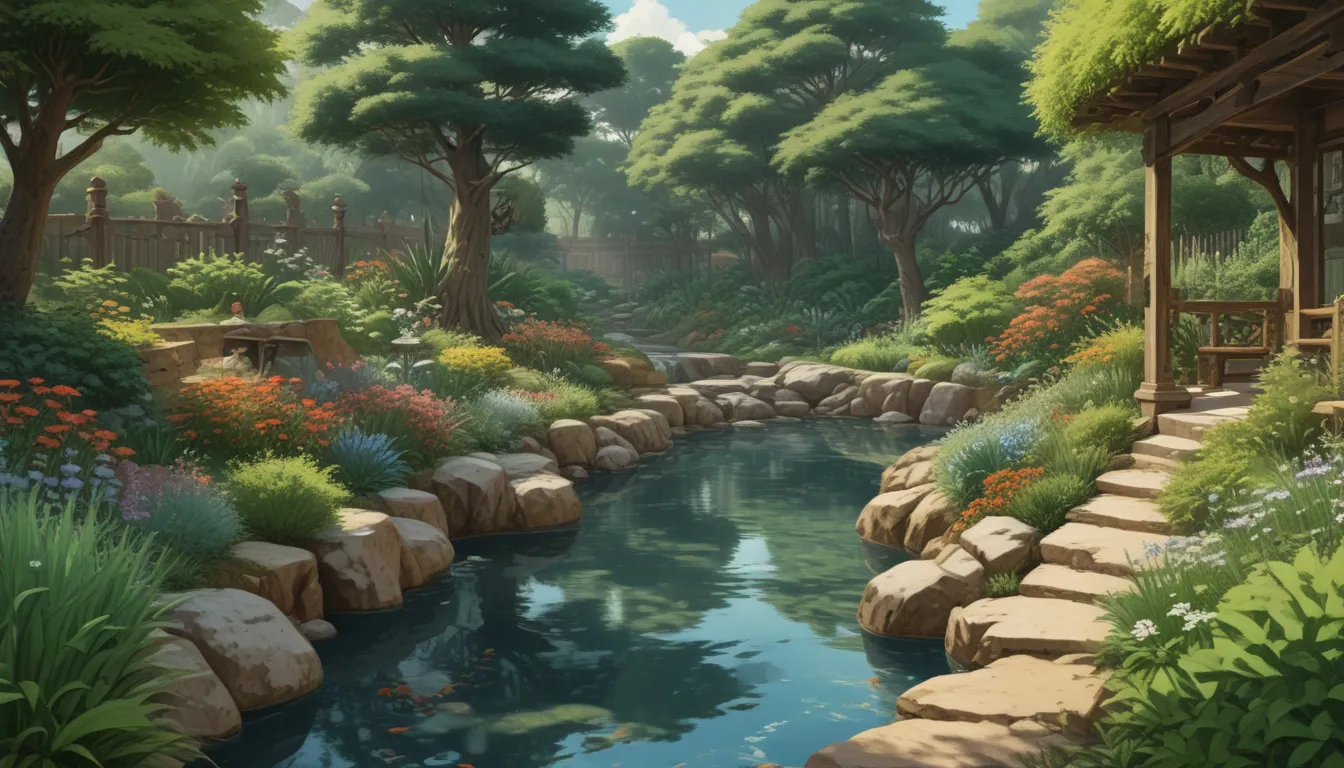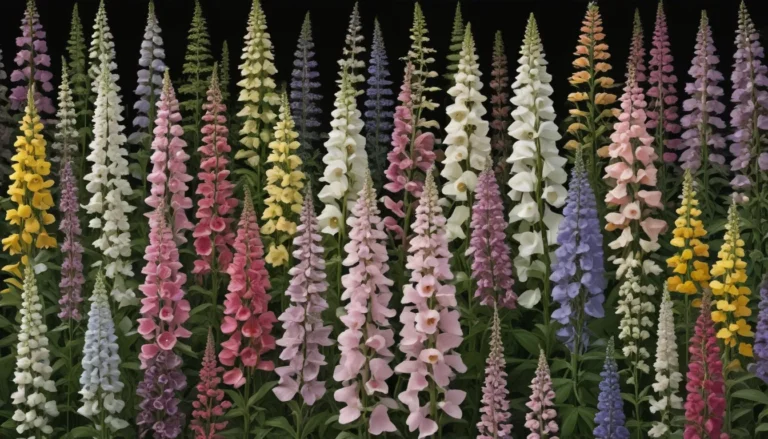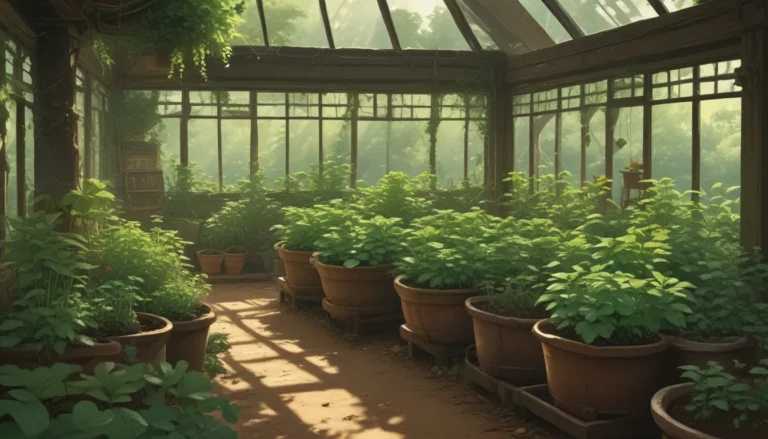How to Create a Water-Wise Garden with Xeriscaping

If you think xeriscaping is just a desert-style landscaping technique, think again! Xeriscaping is a method that goes beyond simply planting in dry climates. It’s all about growing the right plants in the right places to minimize maintenance and conserve water.
The Right Plants for Xeriscaping
When it comes to xeriscaping, the key is to choose plants that thrive with minimal water. Native plants and drought-tolerant non-natives are excellent choices for water-wise gardens. These plants not only require less water but also attract local pollinators, making them a sustainable option for your yard.
For example, bluehead gilia and mealy cup sage are native plants that require very little moisture while adding a pop of color to your garden. When selecting non-native varieties, make sure to choose plants that can withstand water deprivation once established.
Native Plants:
- Black-eyed Susan (Rudbeckia)
- Bee balm (Monarda didyma)
- Bluehead gilia (Gilia capitata)
- Mealy cup sage (Salvia farinacea)
- Yarrow (Achillea millefolium)
- Salvia (Salvia officinalis)
Non-Native Plants:
- Lily turf (Liriope muscari)
- Rosemary
- Mint
- Lavender
- Sage
- Thyme
- Oregano
- Lovage
Grouping Plants by Watering Needs
To efficiently maintain a xeriscape garden, group plants with similar moisture requirements. By doing so, you can provide each plant with the right amount of water it needs, minimizing wastage and ensuring optimal growth.
Shade-Loving Plants:
- Rhododendron
- Ferns
- Hostas
- Creeping vinca
Xerophytes:
- Aloe vera
- Agave
- Echeveria
- Euphorbia
- Yucca
- Spineless prickly pear (Opuntia ellisiana)
Designing a Water-Wise Landscape
When planning your xeriscape garden, consider incorporating drought-tolerant trees, shrubs, and ornamental grasses. These plants not only add beauty to your garden but also require minimal intervention once established. Additionally, replacing turf grass with native ground cover plants or mowing your lawn higher can help conserve water and reduce maintenance.
Trees and Shrubs:
- Conifers
- Oak
- Maple
- Elm
- Pine
- Hickory
- Redbud
- Winterberry Holly
- Forsythia
- Lilac
- Serviceberry
- Quince
Ornamental Grasses:
- Sedge
- Pampas grass
- Fountain grass
- Needle grass
Lower-Level Plants:
- False indigo
- Butterfly weed
- Pinks
- Dead nettle
- Dusty miller
- Moss rose
- Cosmos
- Zinnias
- Marigolds
- Petunias
- Sunflowers
Maintenance and Watering Tips
While xeriscape plants are designed to thrive with minimal water, they still require care and maintenance. Regular watering and feeding during the planting phase are essential to ensure the plants establish themselves. Additionally, pruning and deadheading flowering plants can help improve their appearance and promote growth.
When watering your xeriscape garden, aim to water at the soil level to avoid wasting water and damaging the plants. Consider installing a drip irrigation system for efficient watering and to reduce water usage.
The High Line: A Model for Urban Xeriscaping
The High Line in Manhattan is a prime example of xeriscaping on a grand scale. This former freight line has been transformed into a sustainable green roof garden trail, showcasing the potential of native plantings and water conservation in urban spaces.
By following the principles of xeriscaping and incorporating native plants into your garden, you can create a beautiful and sustainable outdoor space that conserves water and attracts local wildlife.
Are you ready to transform your yard into a water-wise oasis? By selecting the right plants, grouping them by watering needs, and maintaining your garden efficiently, you can create a xeriscape that flourishes with minimal intervention.
Share your xeriscaping journey in the comments below and let us know how your water-wise garden is progressing!
For more tips on drought-tolerant gardening, check out these resources:
– How to Grow Succulents Outdoors in the Garden
– 27 of the Best Xerophytes to Plant in a Water-Wise Garden
– Easy Landscaping with Ornamental Grasses
Remember, xeriscaping is not just about conserving water. It’s about creating a sustainable and beautiful outdoor space that enhances your surroundings while reducing maintenance and water consumption. Follow these tips to create your own water-wise garden oasis!





